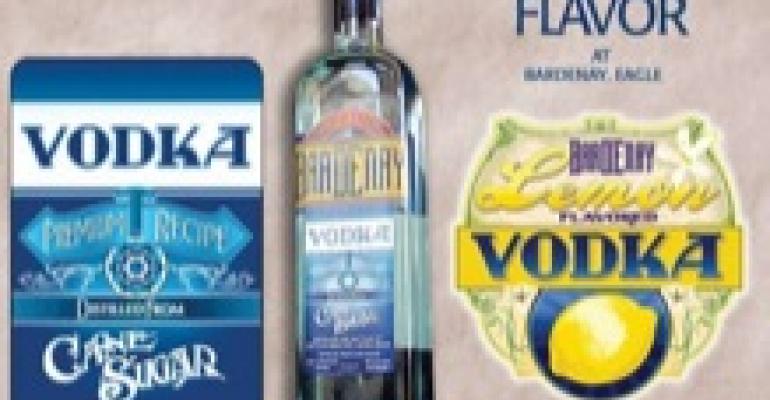 |
| MIGHTY MICRO: Boise restaurant-distillery Bardenay, which makes its own brands of vodka, gin and rum, has already opened a second unit. |
 |
| OLD SCHOOL: Don't want to make your own spirits? Buy a single-malt scotch from a distillery like Scotland's Bruichladdich instead. |
 |
 |
| GEAR HERE: The equipment you'd need to set up a restaurant-level microdistillery isn't cheap, but all the gleaming metal gives any design scheme a distinctive boost. |
First came artisan wines. Next was microbrewed beer. Now it's handcrafted spirits—produced in small batches at boutique distilleries—that are giving full-service operators a new way to boost beverage revenue and, while they're at it, distinguish themselves from their competition.
It's still early in this game. The American Distilling Institute estimates that 88 microdistilleries now ply their trade in the U.S., although hard counts are difficult to come by in this still-nascent industry. But it's not too early to decide how you want to play it.
The simplest way to get in on the action is to stock some of these hard-to-get items behind your bar. Any restaurant can do it this way, although you might have to put some time and energy into sourcing these products, since few mainline liquor distributors carry them. Conjure up a handful of new cocktails that feature these microdistilled spirits and you're on your way to capturing a bigger share of the $45 billion U.S. spirits market.
There's a lot involved, to be sure, but keep in mind how well the microbrew beer trend played out for many of the companies that jumped into it.
Big chains like Rock Bottom Brewery and Gordon Biersch found success by being early entrants into this niche. But independents thrived, too. The Brewers Association (BA) reports that the U.S. is currently home to 981 brewpubs. Sixty new ones opened in 2006, 35 closed. The BA defines a brewpub as a restaurant-brewery that sells 25 percent or more of its beer on site. The beer is brewed primarily for sale in the restaurant and bar and is often dispensed directly from the brewery's storage tanks.
The beauty of brewpubs is that they come with a built-in reason for people to go there— to get a handcrafted beer straight from the source. They also offer operators multiple revenue streams—food, beverage and wholesale beer sales— and provide a default design theme and vibe that are proven winners. Their downside: There's a higher upfront investment and you have to be able to brew good beer, or at least know how to hire someone who does. But all things considered, brewpubs have proven to be a darn good business that has legs.
But will the microdistillery boom lead to the rise of distillery/restaurants? A couple have surfaced so far, and it's clear from the early entrants that experience in brewing beer, or something similar, is needed.
Can it be done? A restaurant/ distillery in Boise, ID, Bardenay, has been in business since 2000. It offers patrons a full menu plus drinks made from its distinctive line of vodka, gin and rum. You'd think this concept would be a tough sell in Idaho, where roughly 25 percent of the population are Mormons. But owner Kevin Settles, who left the hard cider business to brew spirits at Bardenay, has already opened a second unit in nearby Eagle, ID. If distillery/ restaurants can make it there, they can make it anywhere.





